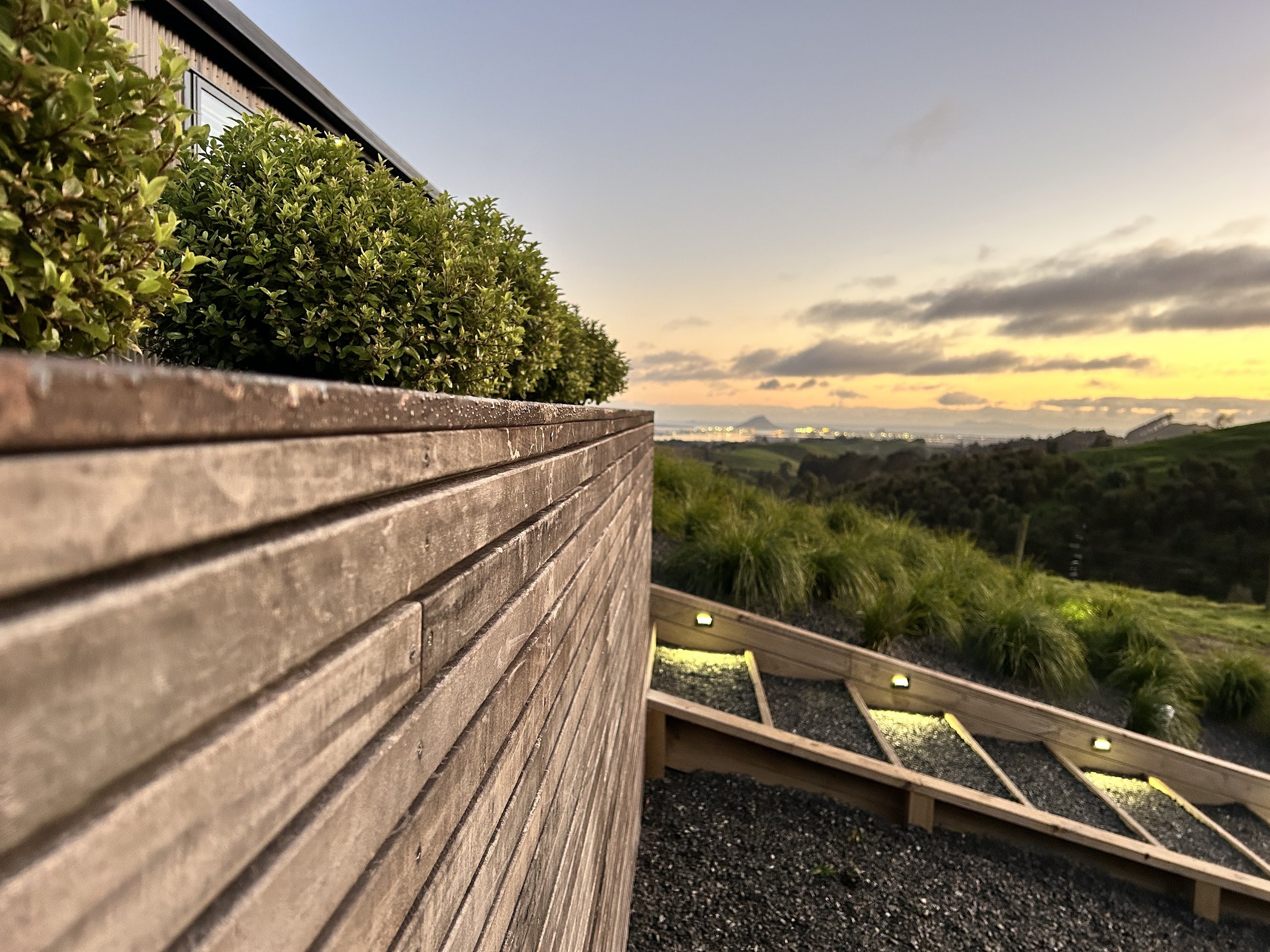Frequently Asked Questions
Below you'll find the answers to questions we get asked about the most.
Can't find what you're looking for? Please get in touch, we'd love to help answer any specific queries that you have.
How long does the house take to build?
Current Covid related material shortages and delays have impacted our usual build timeframes. So, currently once the contract has been signed, the construction process takes around 24 - 28 weeks depending on the building model, our work load and yard space availability at the time.
Do I need a Building Consent?
All of our transportable homes come with a Building Consent and Code Compliance Certificate.
Although every LeBlanc Home comes with a Code Compliance Certificate and a Building Consent, an Onsite Building Consent is also required from the local Council in the region the building will be moved to. This consent is to show compliance with local town planning/ building rules i.e. boundary setbacks, foundations, service connections etc.
We can manage the full consent process for you or if you prefer you can arrange for a local architectural firm to complete the onsite consent.
Do you design and build custom transportable homes?
We have a range of standard floor plan options that we can most certainly modify to ensure you get the home that suits your needs and lifestyle. LeBlanc Homes is run by architectural designers so turning people's home ideals into practical designs is something we have a lot of experience with.
Do bear in mind though that our recommended floor plans shown on this website are the most cost effective and efficient to construct.
What is the deposit for an LeBlanc Homes transportable home and how are the payments structured?
A 10% deposit is required on signing the building contract and progress payments are based on the the various stages of completed work throughout the construction process.
How is the building transported to the site?
LeBlanc Homes are transported all over the North Island (and also to Waiheke Island). The cost of transporting a building from our Bay Of Plenty yard to your site will vary depending on travel distance, site difficulty etc. We’ll put you in touch with quality and experienced home transport companies, who will look after all aspects of the building transportation.
What foundations do I need for the building?
The building will be positioned on to piles. If your site is relatively flat then the transport company who moves the building on, will organise piling and installation. If you have a steep site this may require a building contractor to install the piles before the building arrives at site.
What other costs and considerations are there when purchasing a transportable home?
The price of an LeBlanc Home - see current pricing in the Our Homes section - is GST inclusive and includes the actual cost of the building from our yard in Bay Of Plenty plus Building Consent and Code Compliance Certificate.
The building comes fully complete with floor coverings, lighting, bathrooms, kitchen/ scullery, entertainment wall/ shelving etc. installed and with all wiring and plumbing ready for onsite connection.
There are additional costs involved in purchasing a transportable home including onsite consents, transport to site and onsite services. Please ask us for more detailed information and estimates on these other costs.
Do your homes work with solar power?
We can most certainly incorporate a solar system in an LeBlanc Home. We can either install a full solar system before the building leaves our yard or we can just install the cabling to the meter board which allows future installation of a solar system.
Do LeBlanc Homes transportable buildings come with a warranty?
LeBlanc Homes Transportables is a registered member of Certified Builders.
How robust are your transportable buildings, can they withstand extreme conditions i.e. high wind or coastal areas?
Our buildings are built to a very high standard and are constructed to withstand severe to very severe environmental conditions. The cladding used on our buildings is incredibly resistant to corrosion and is specifically developed to withstand higher atmospheric salt concentrations so is an ideal option for both high wind and coastal regions.

